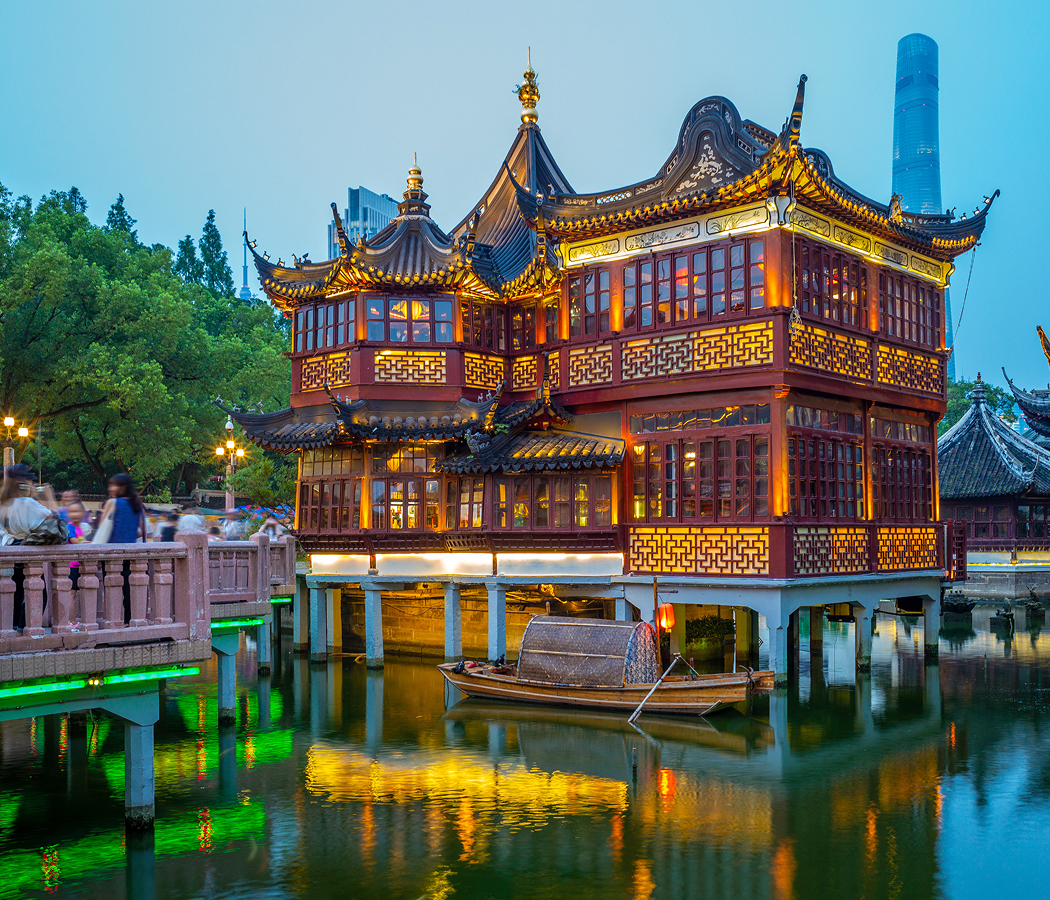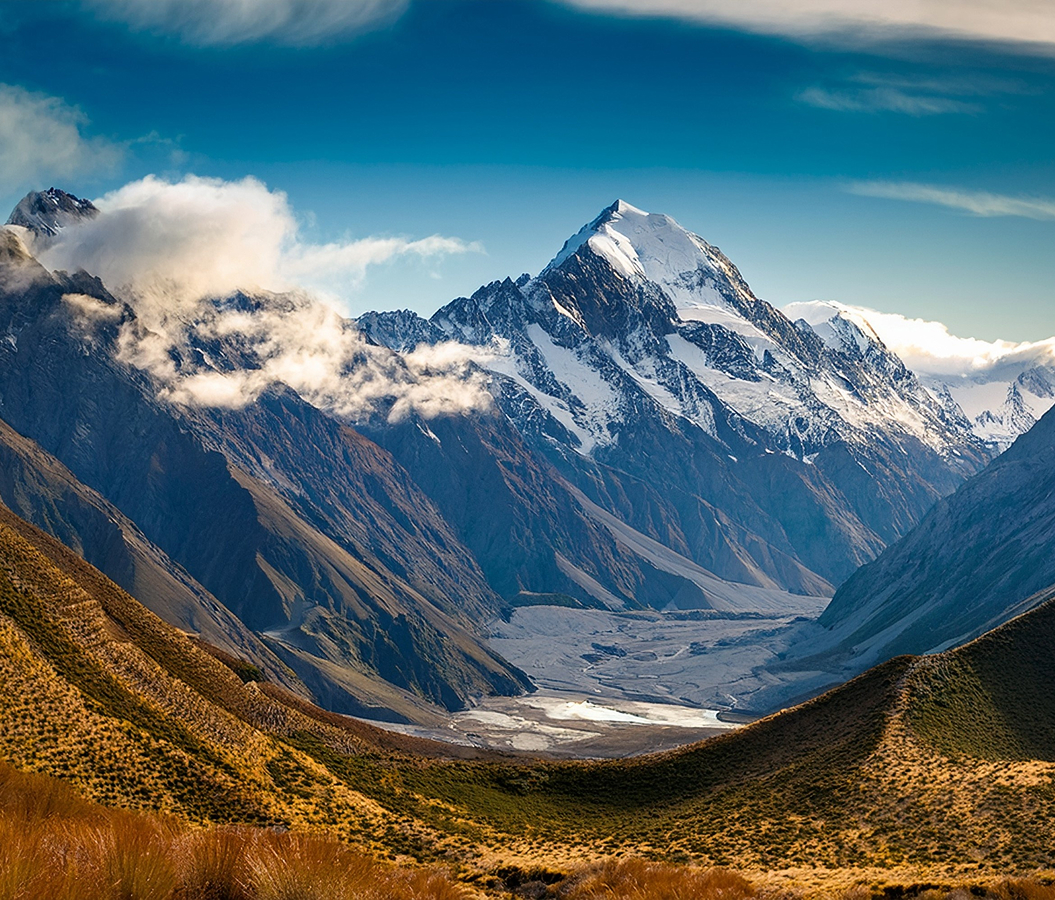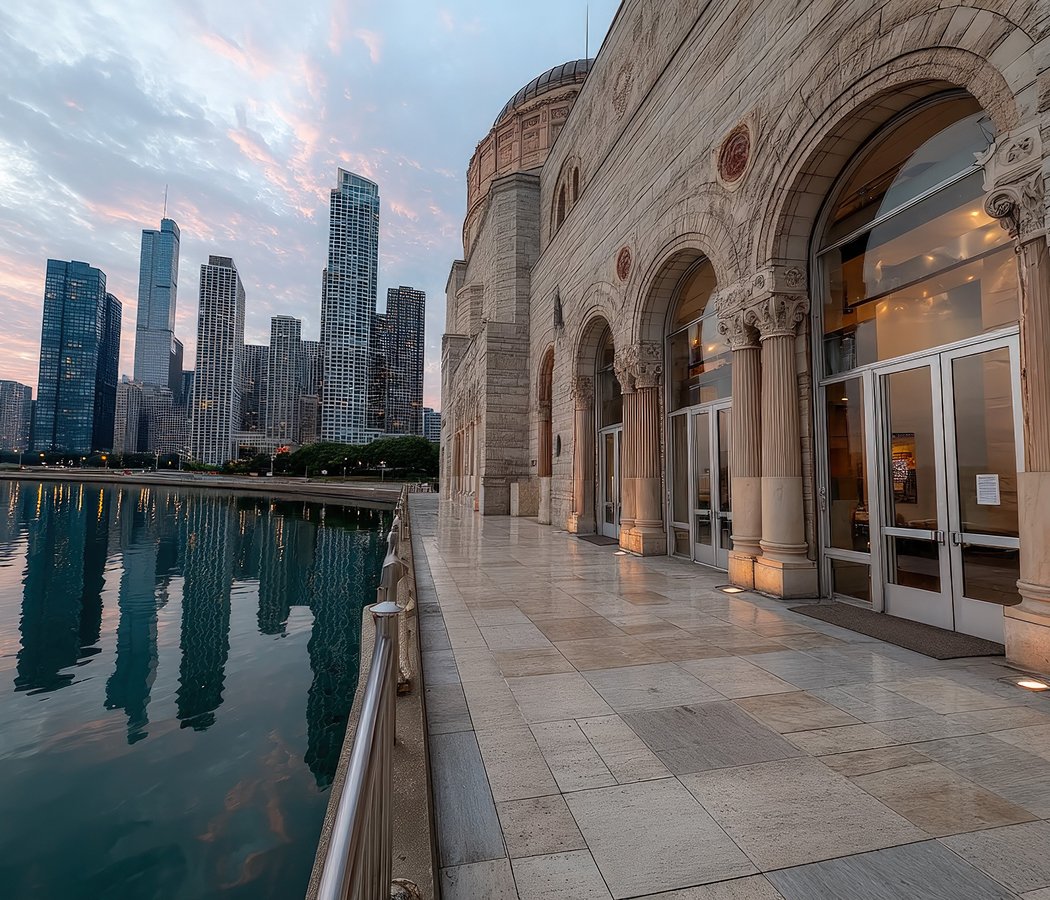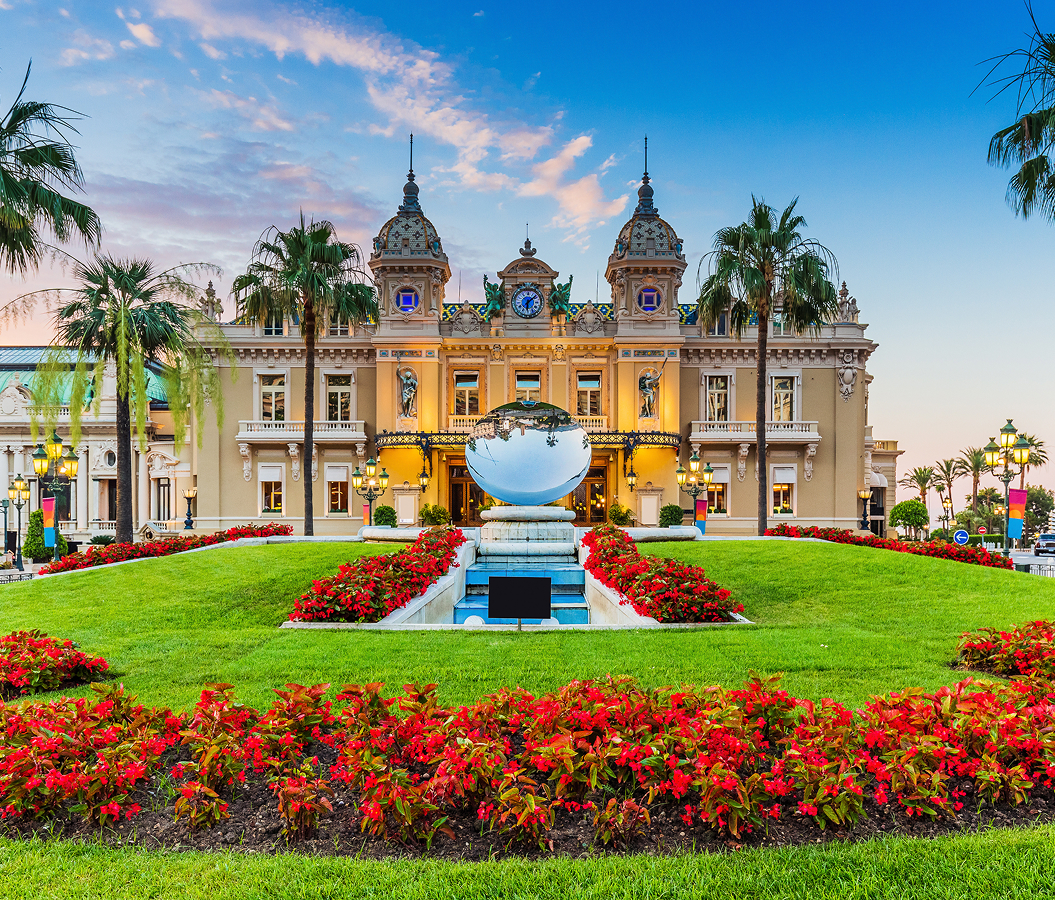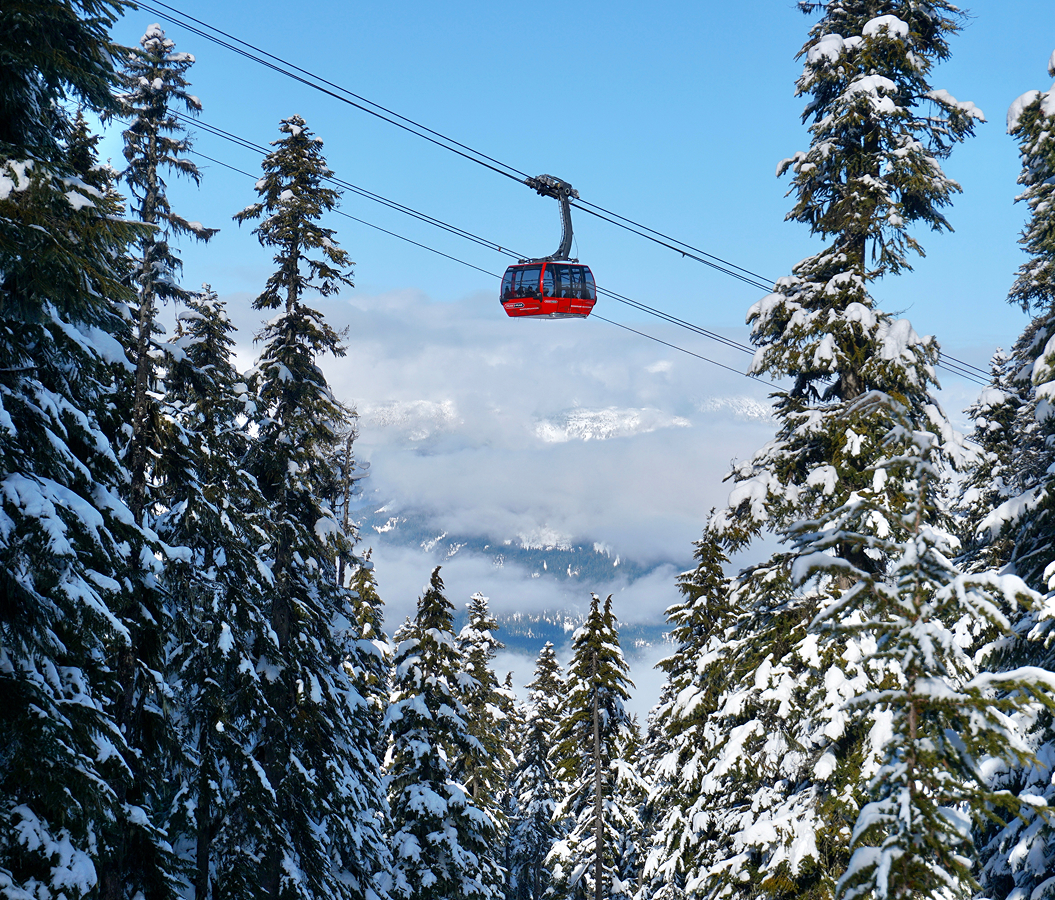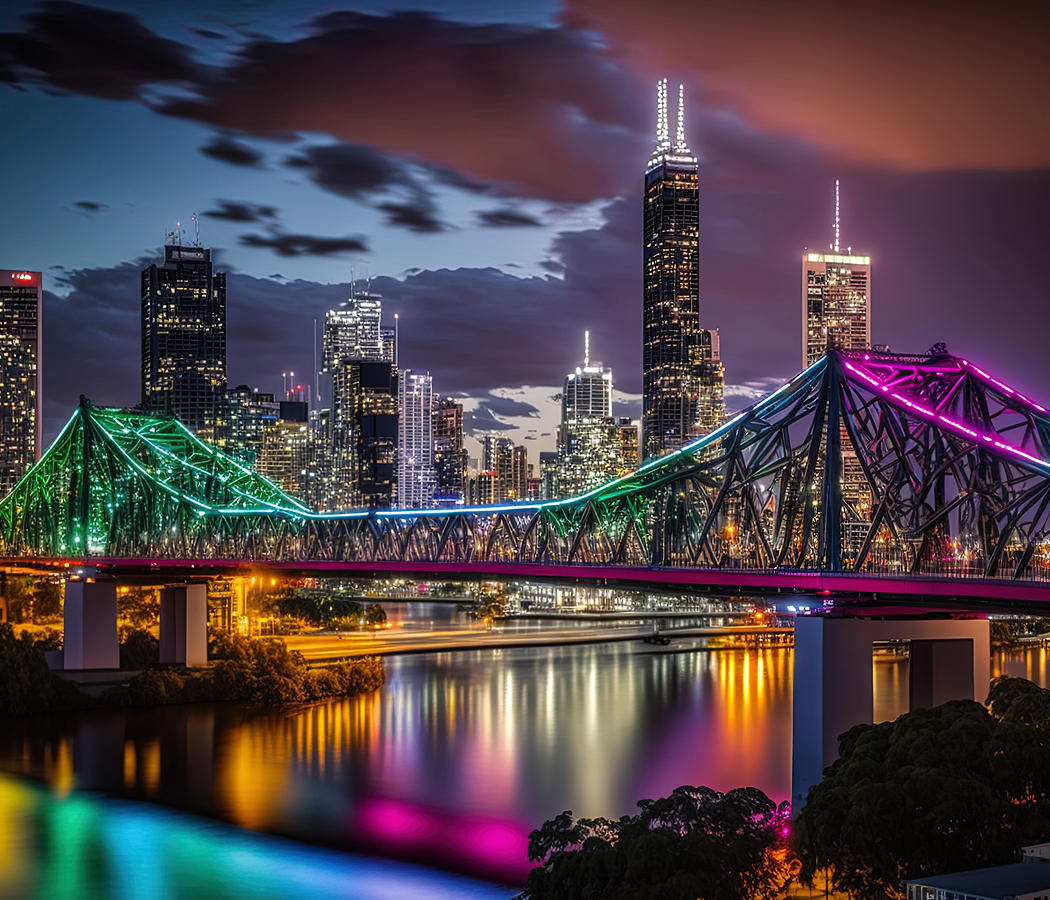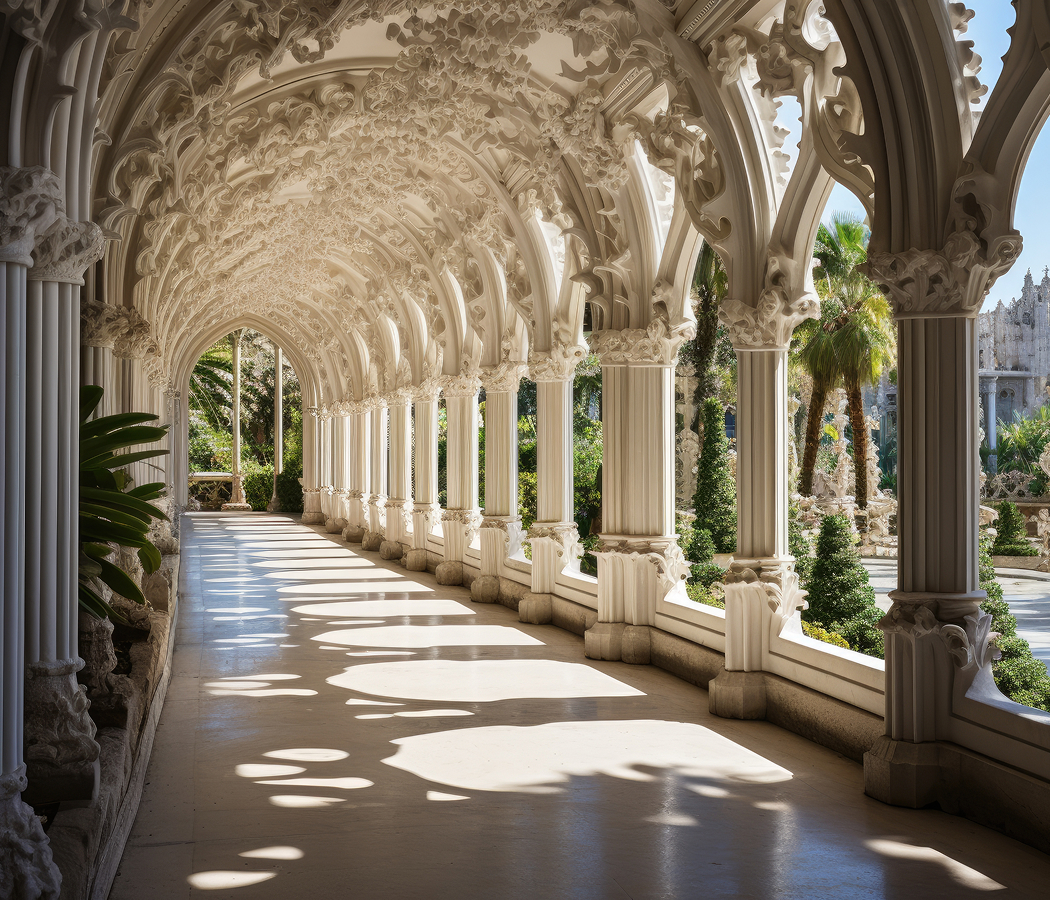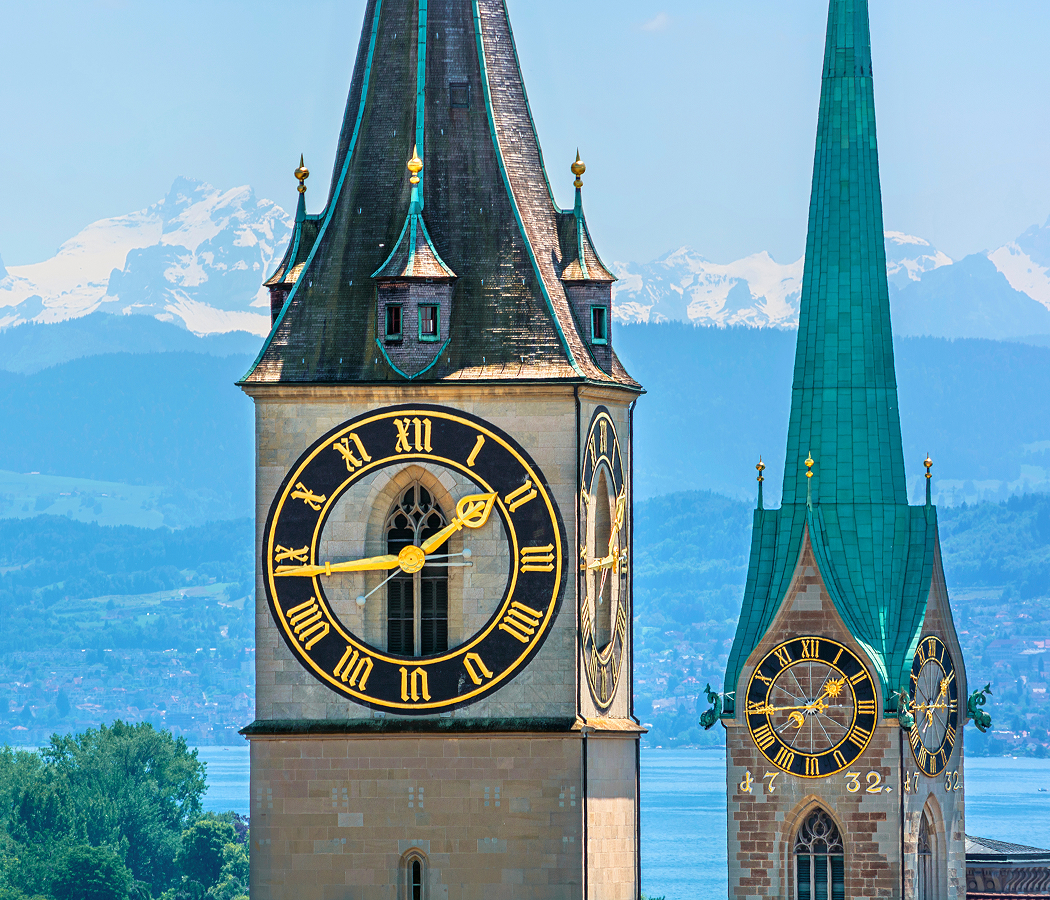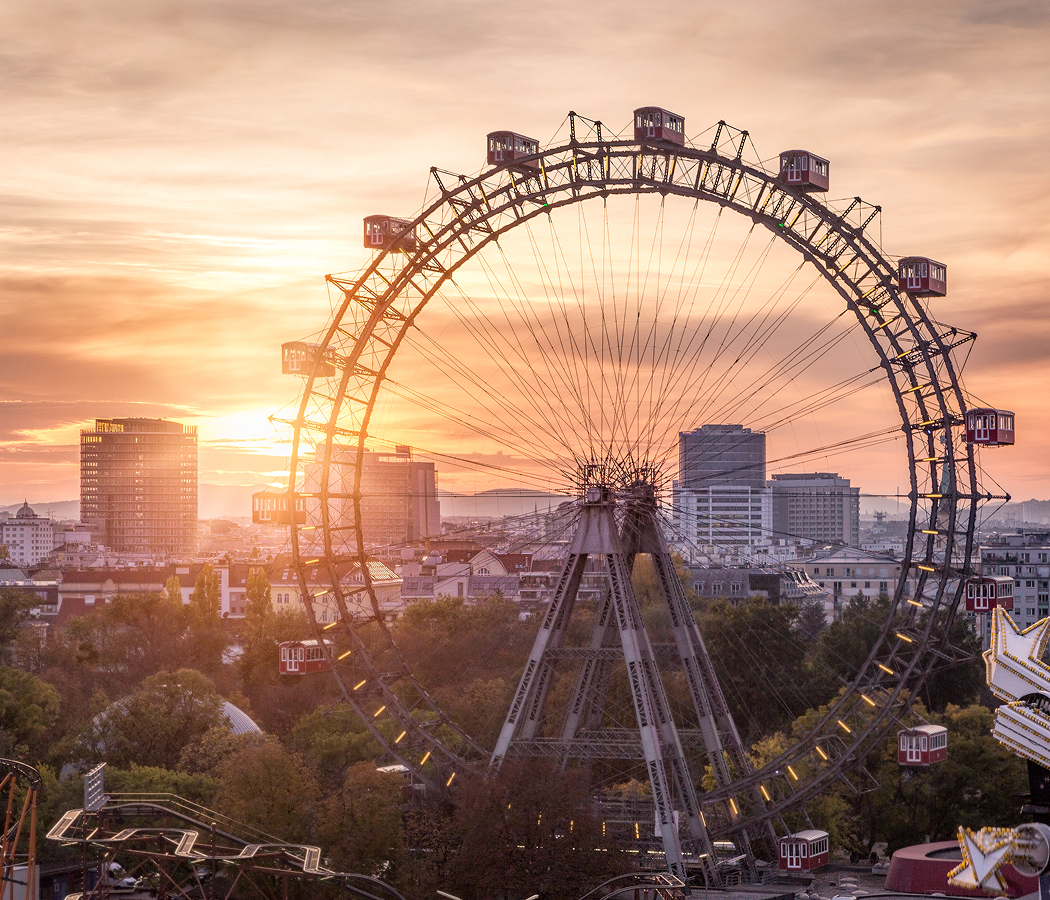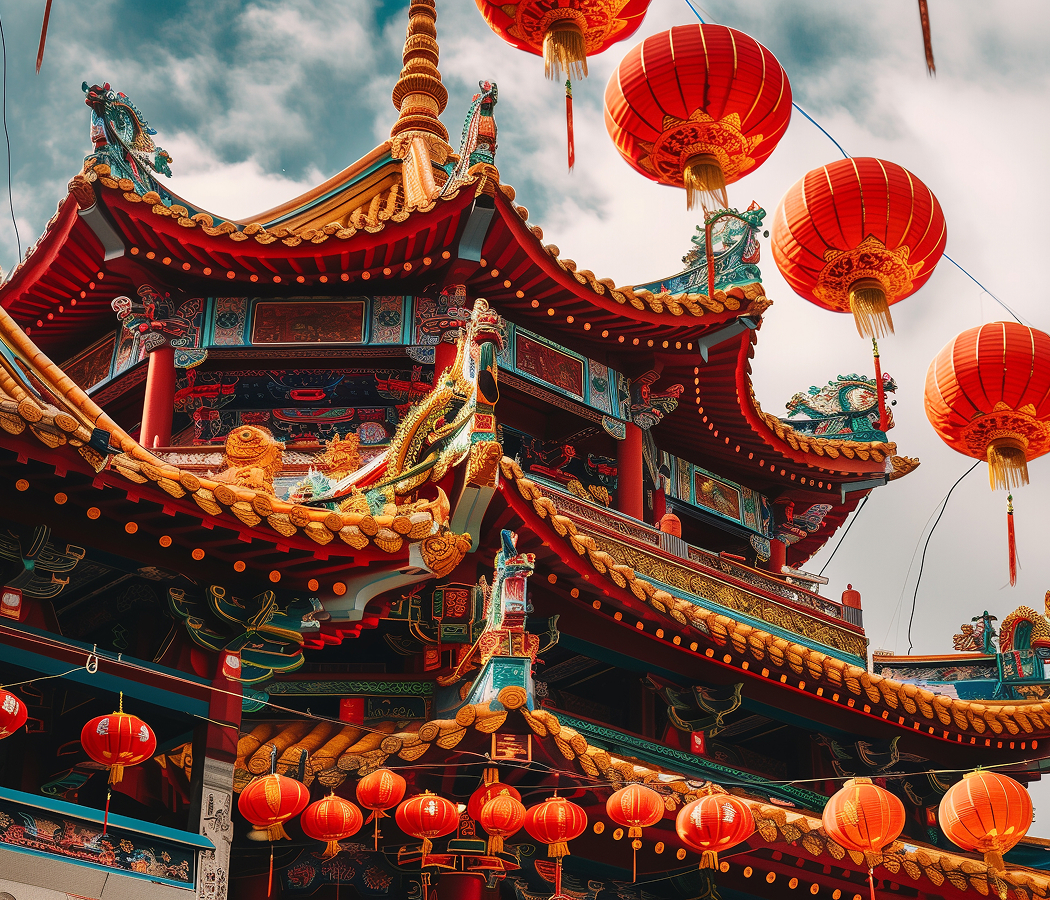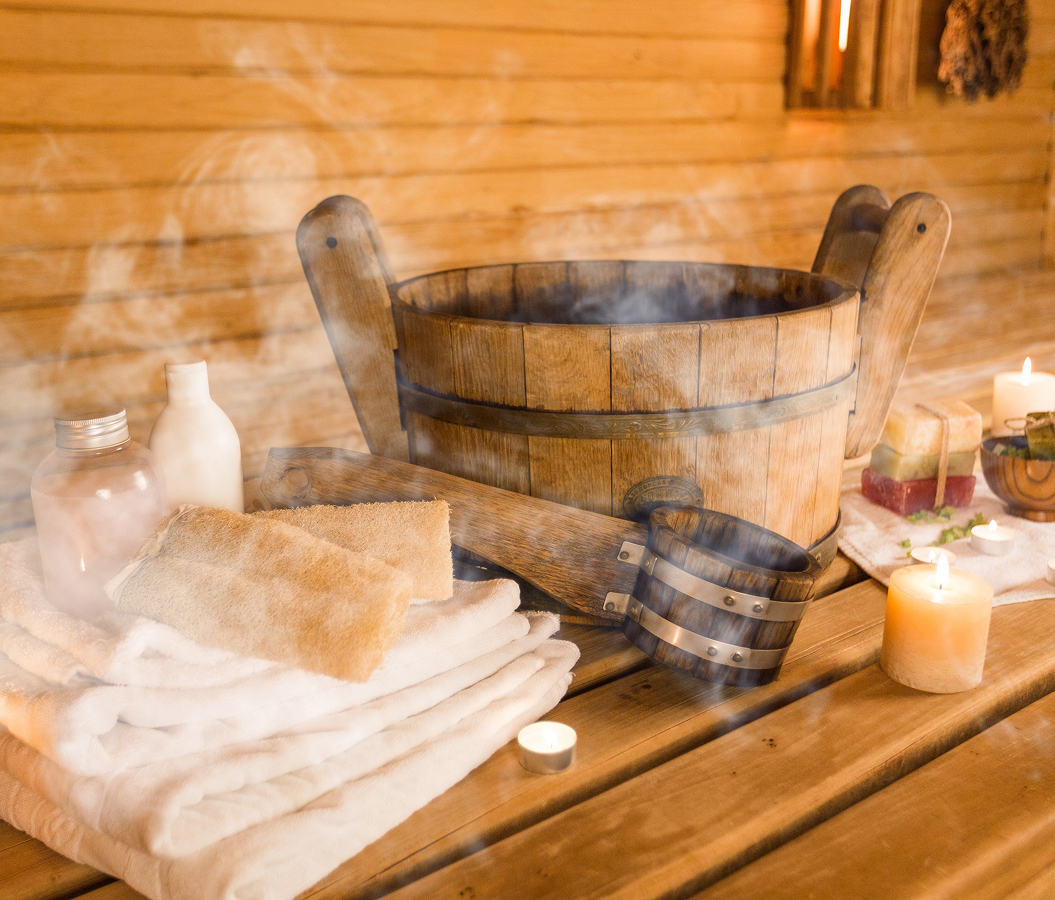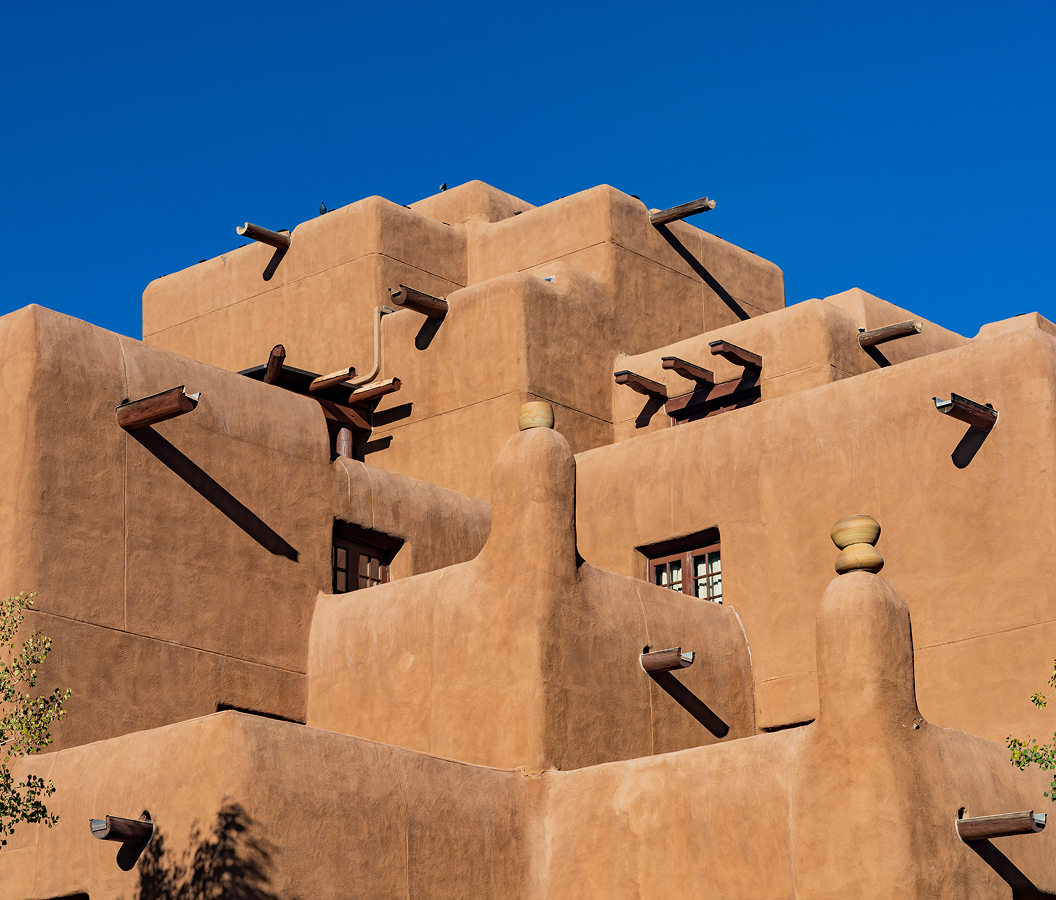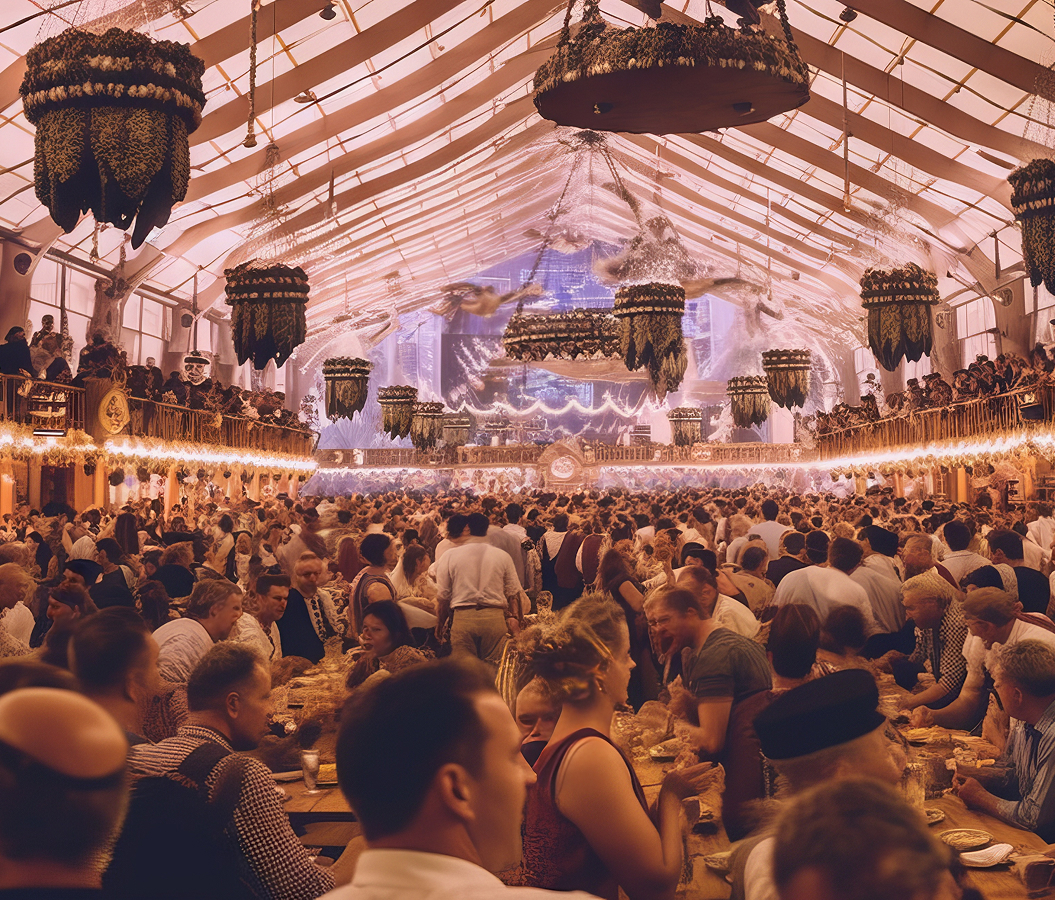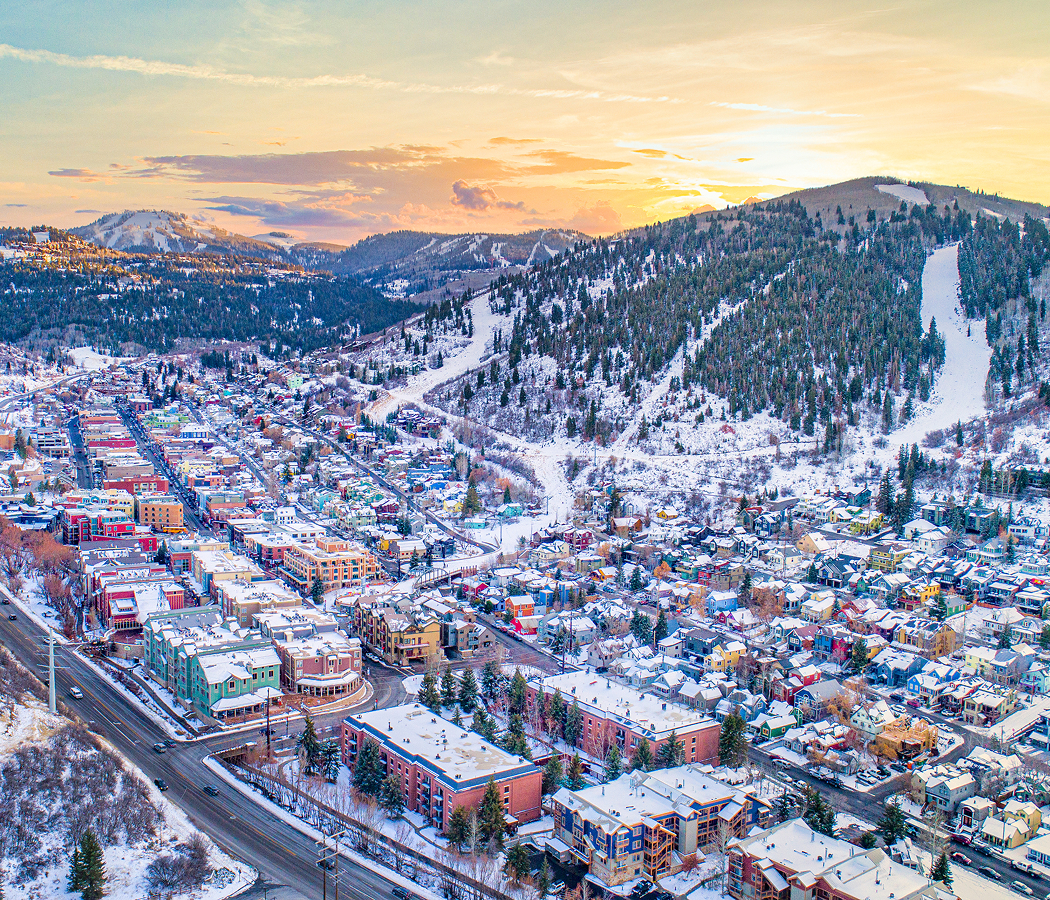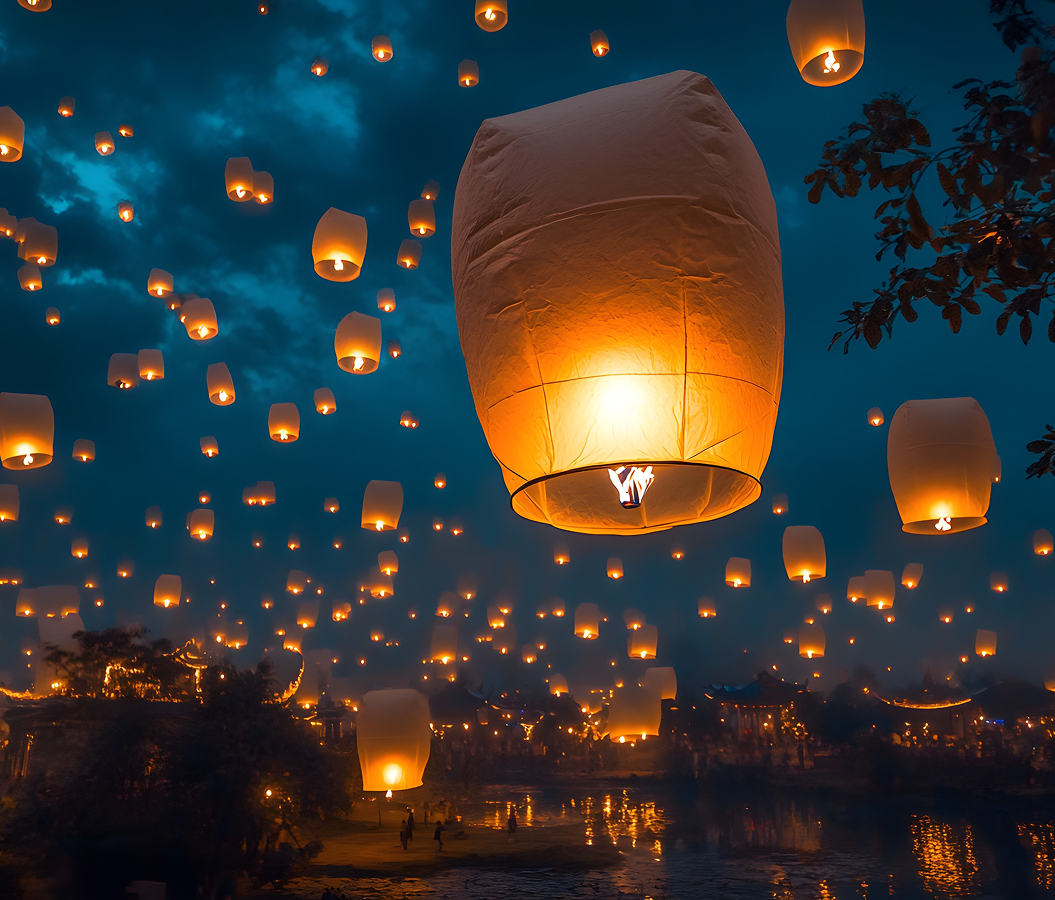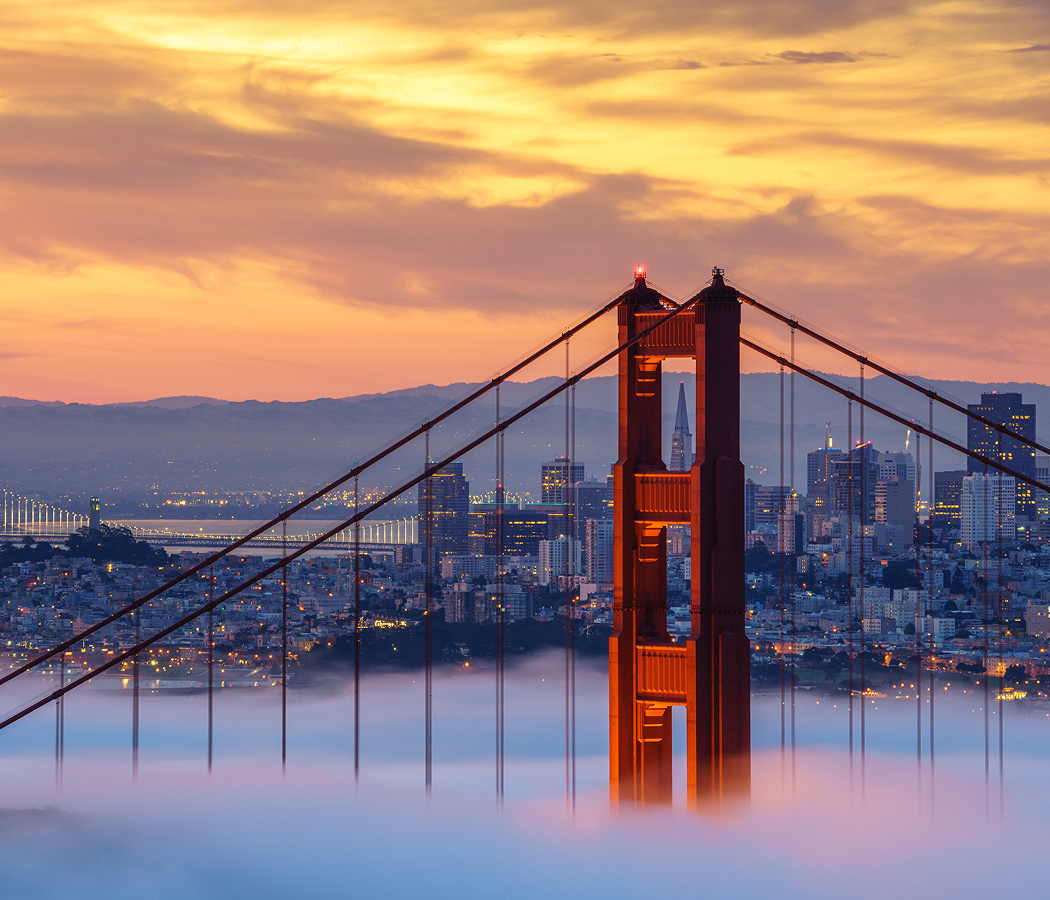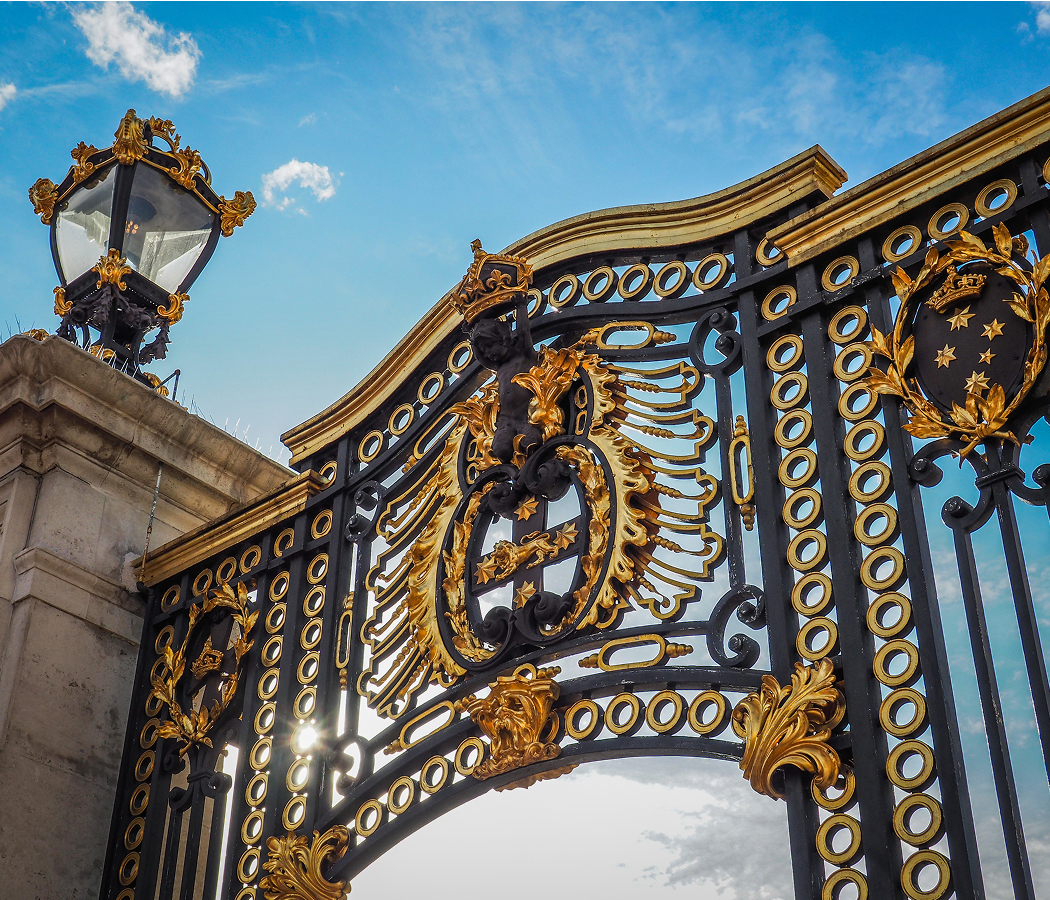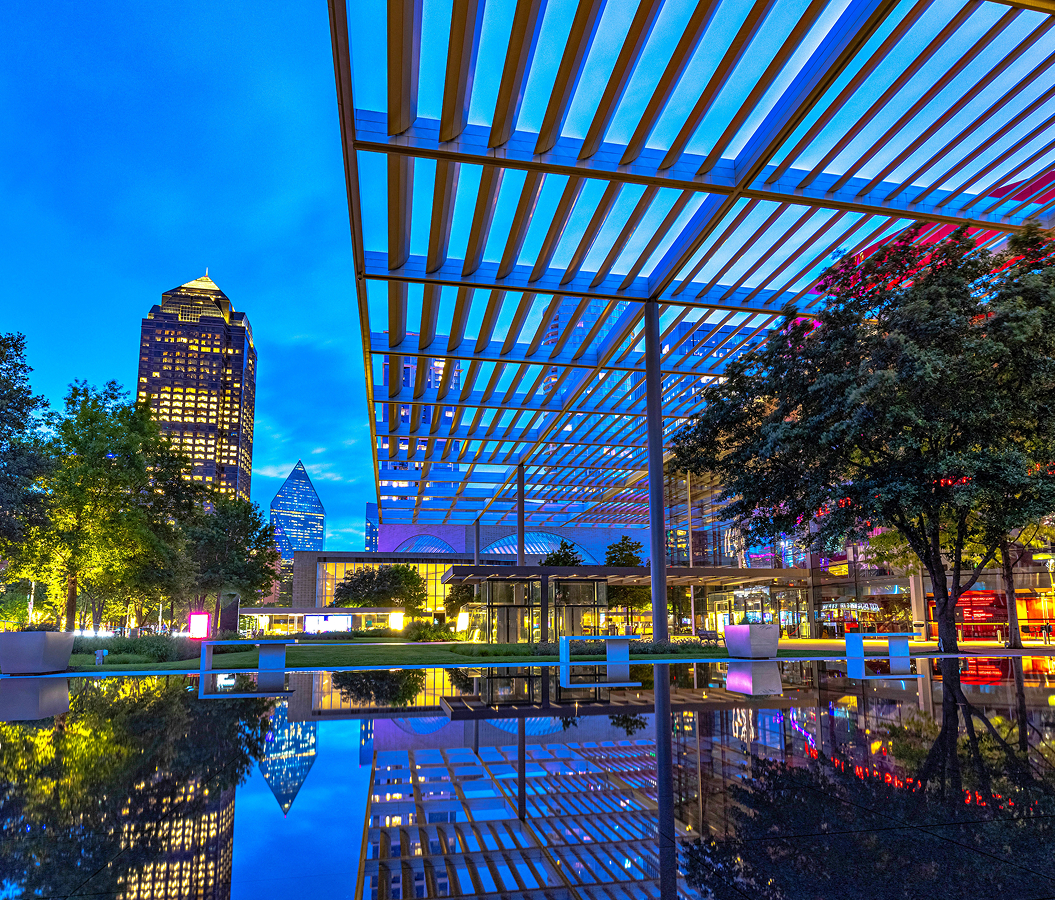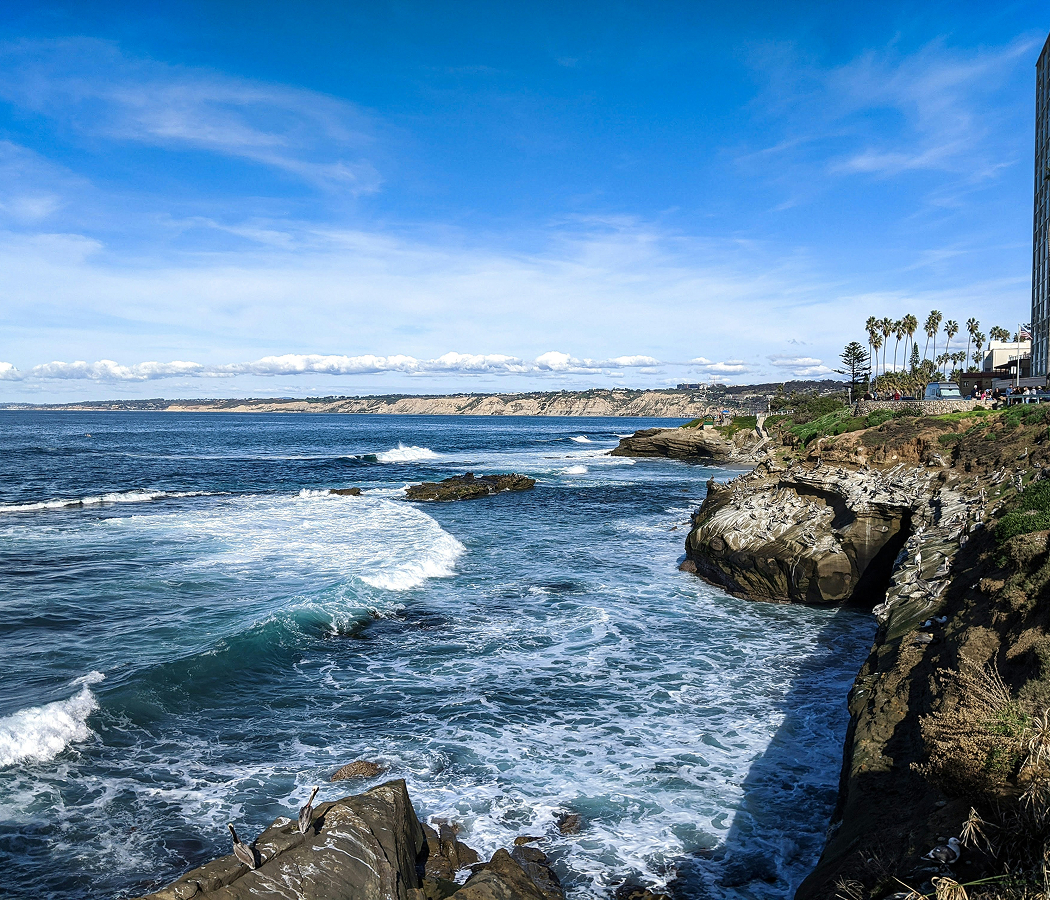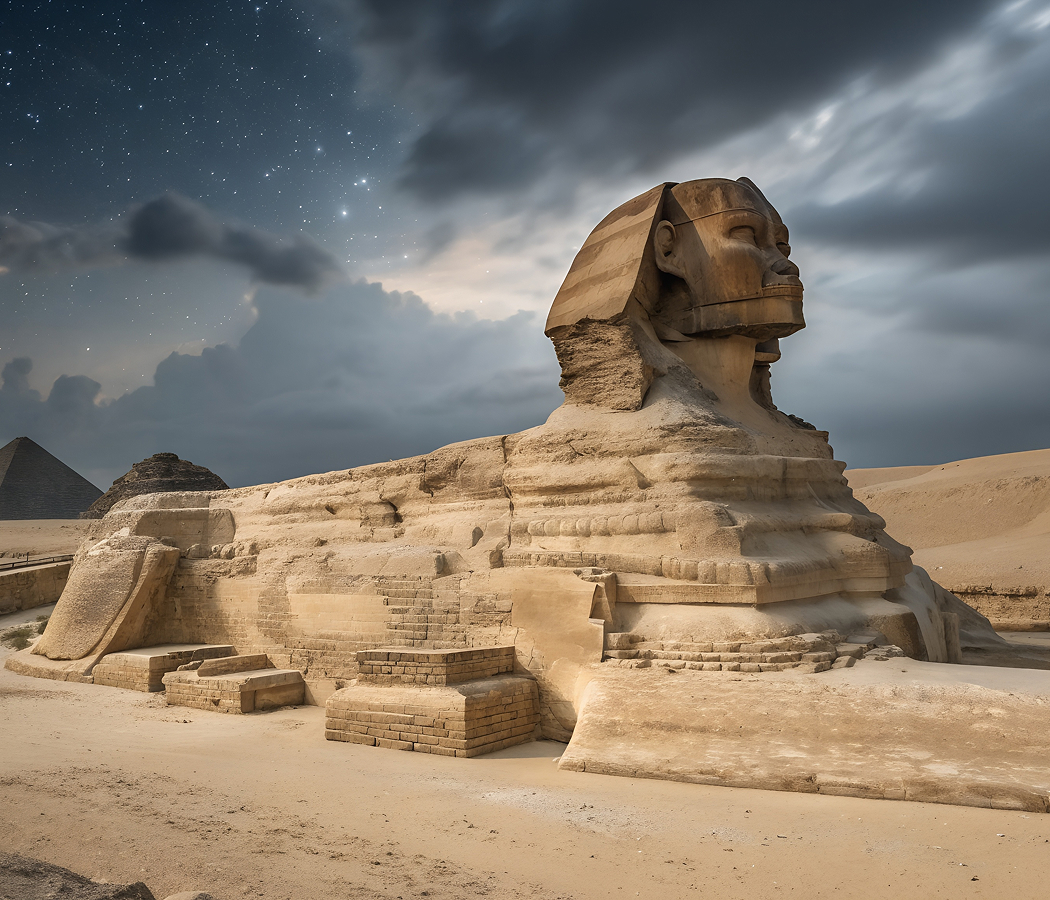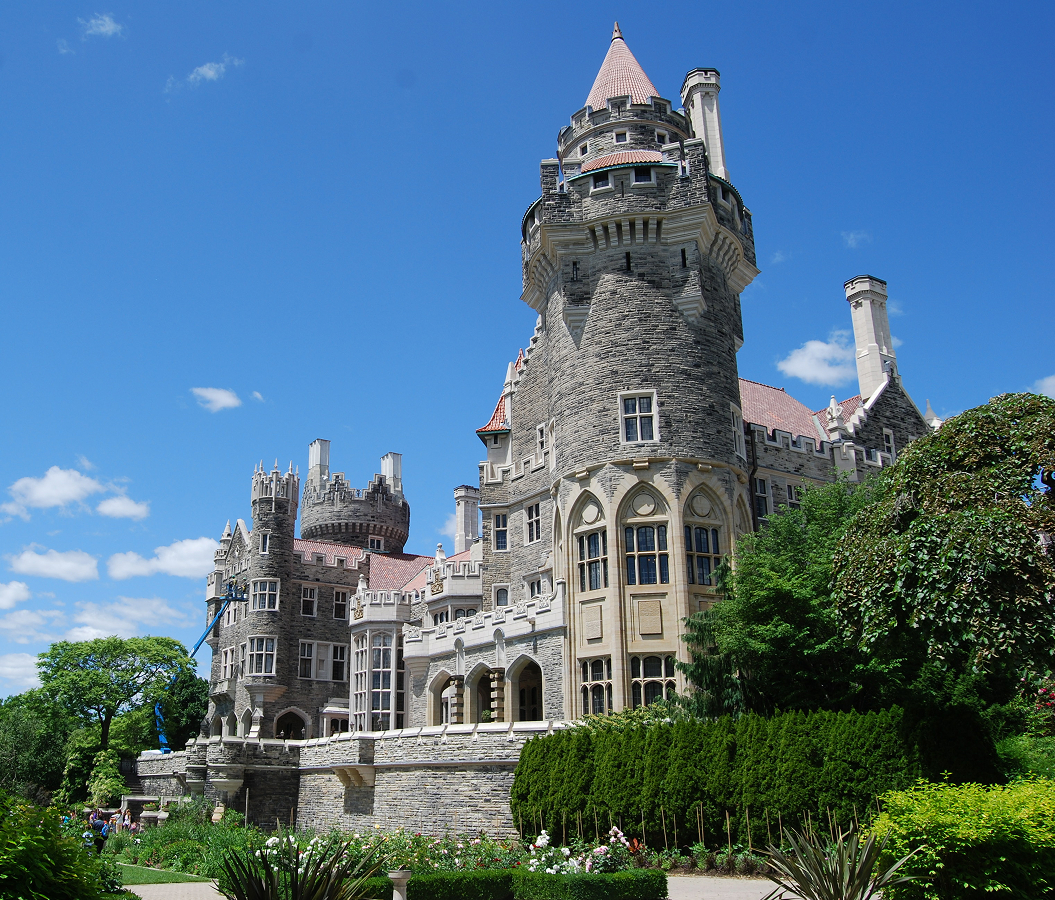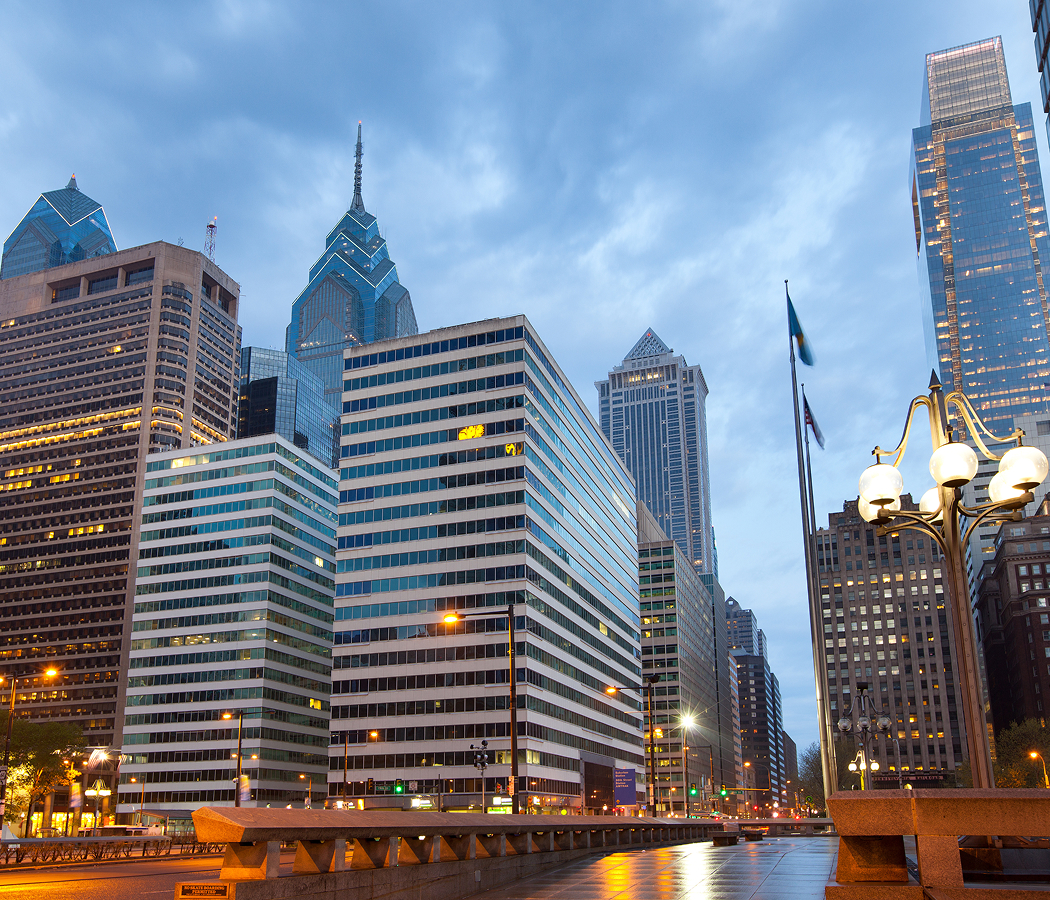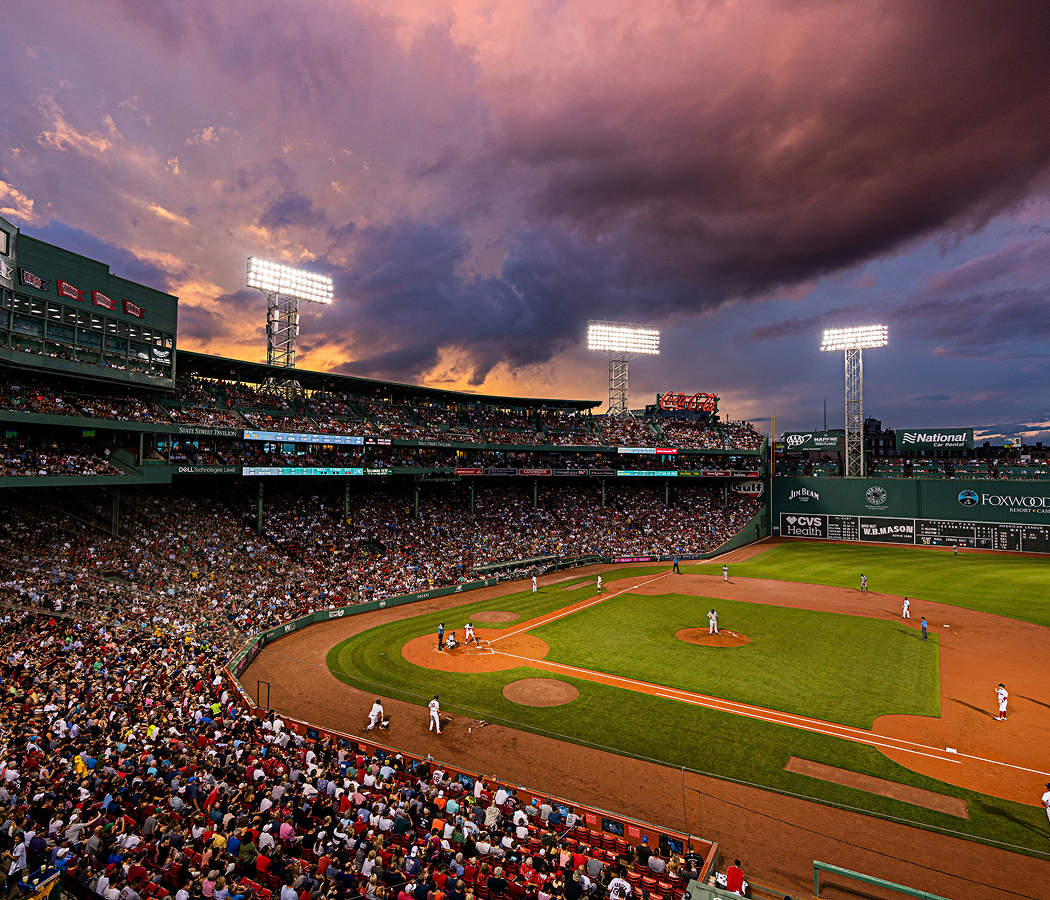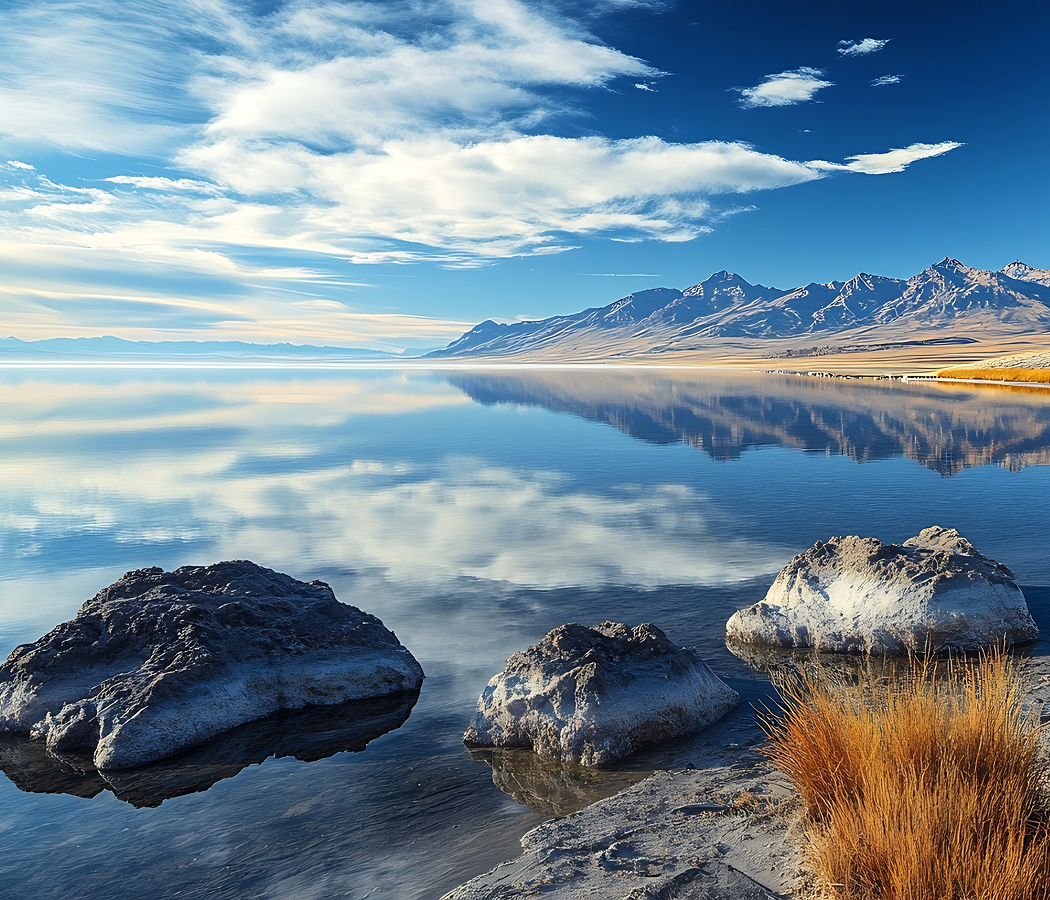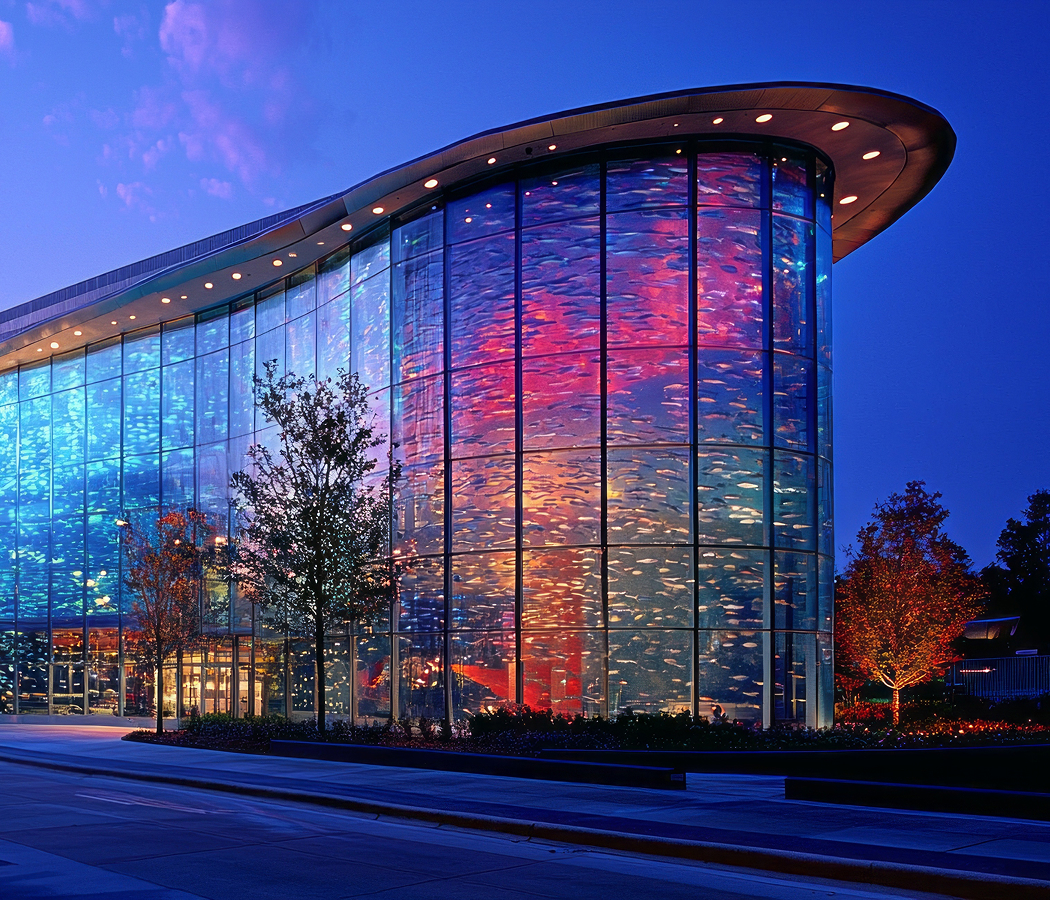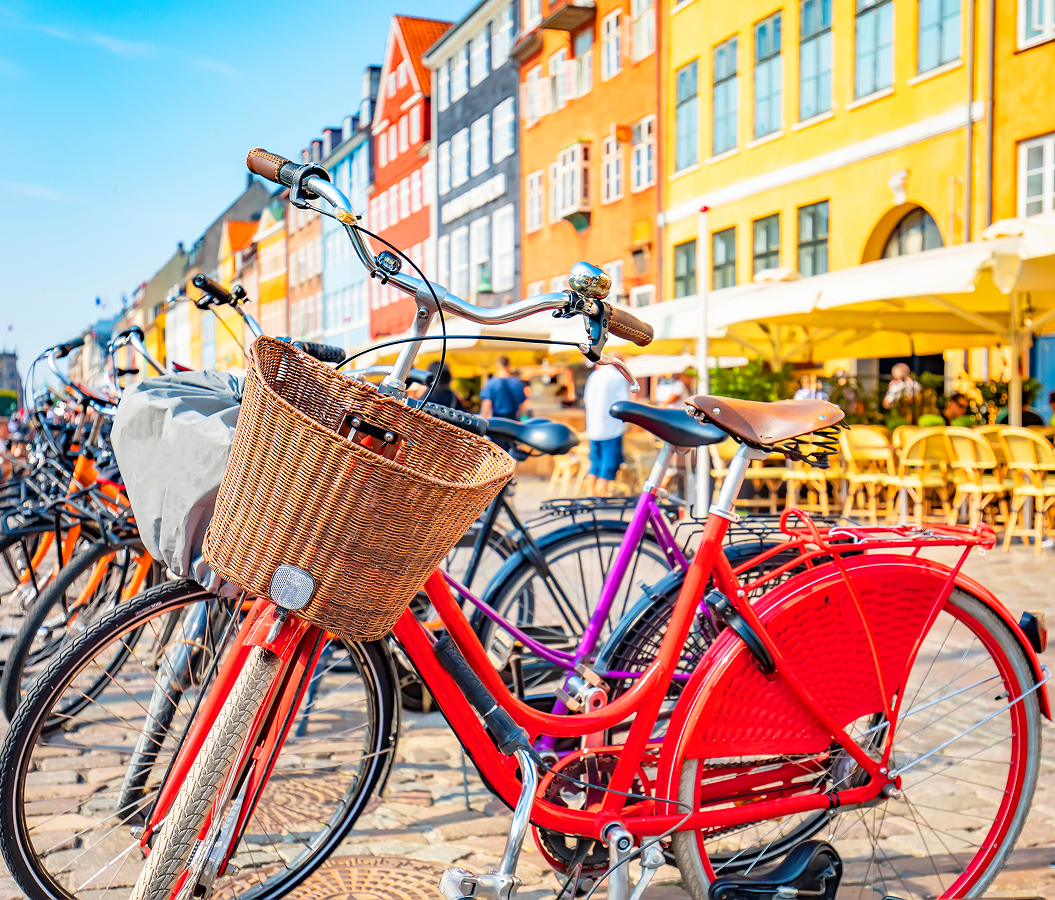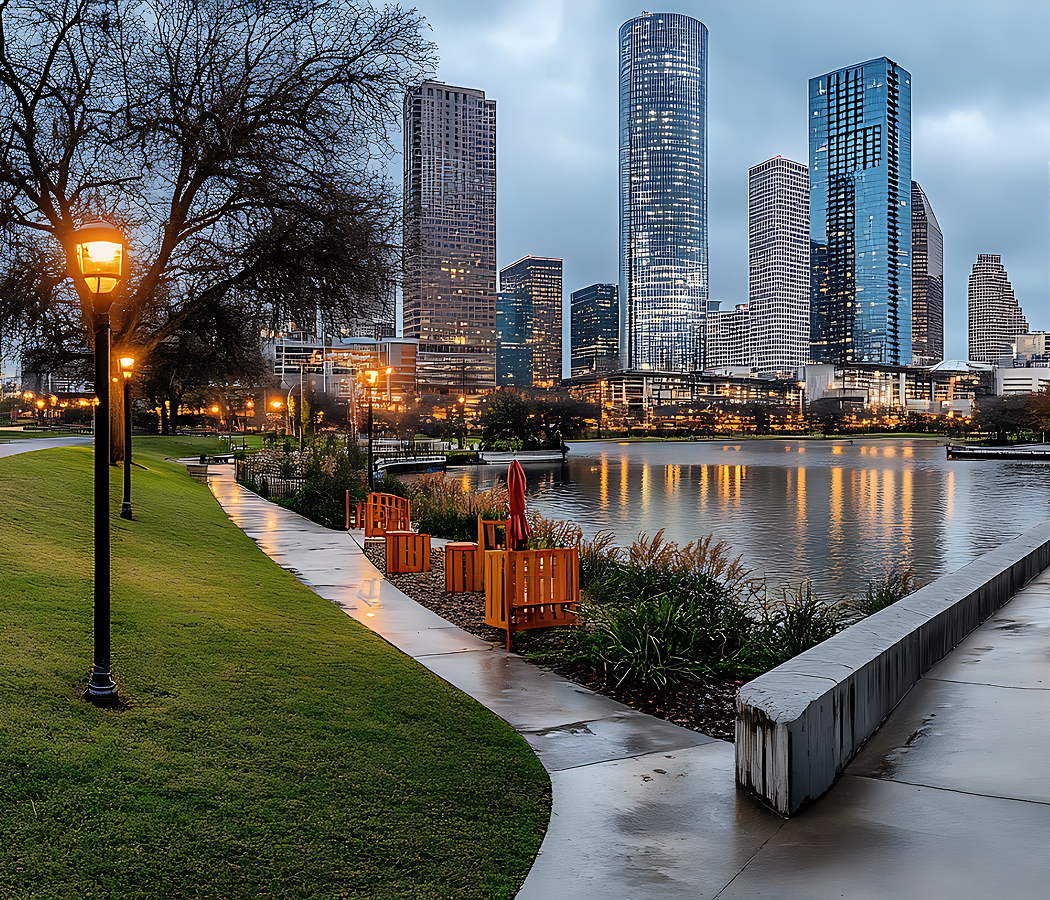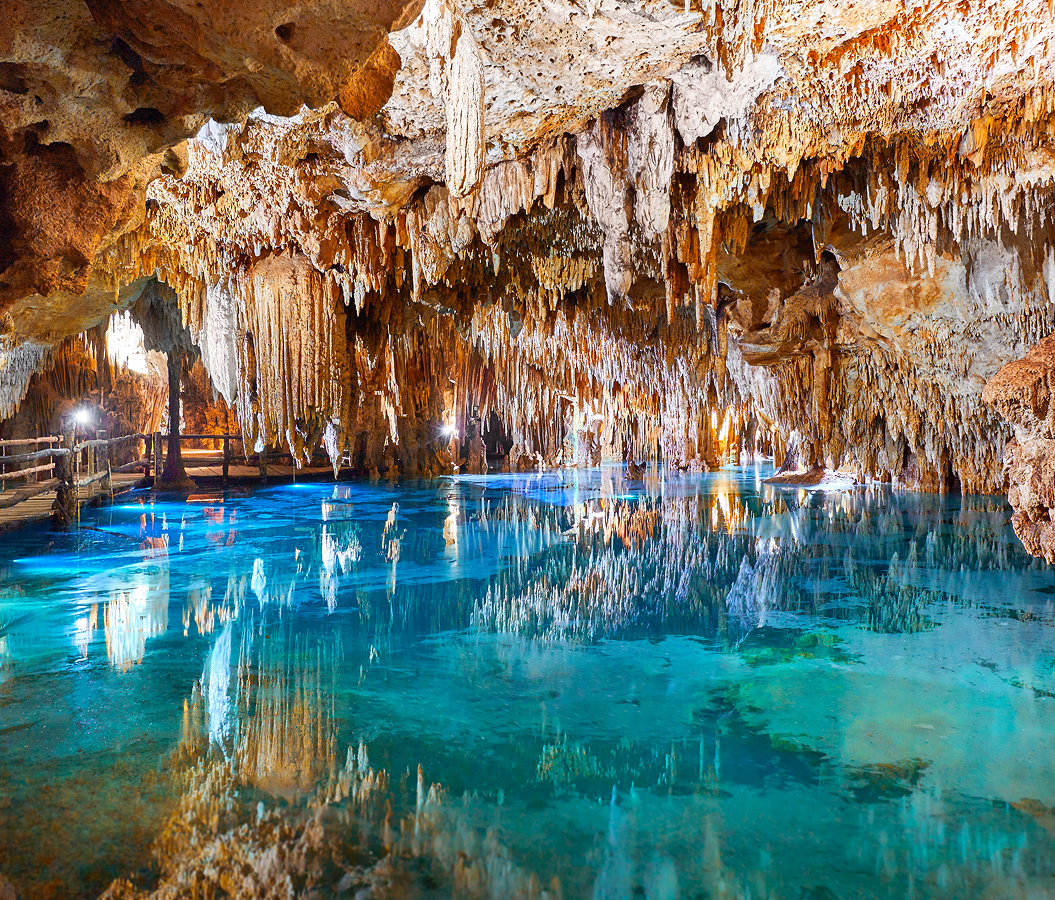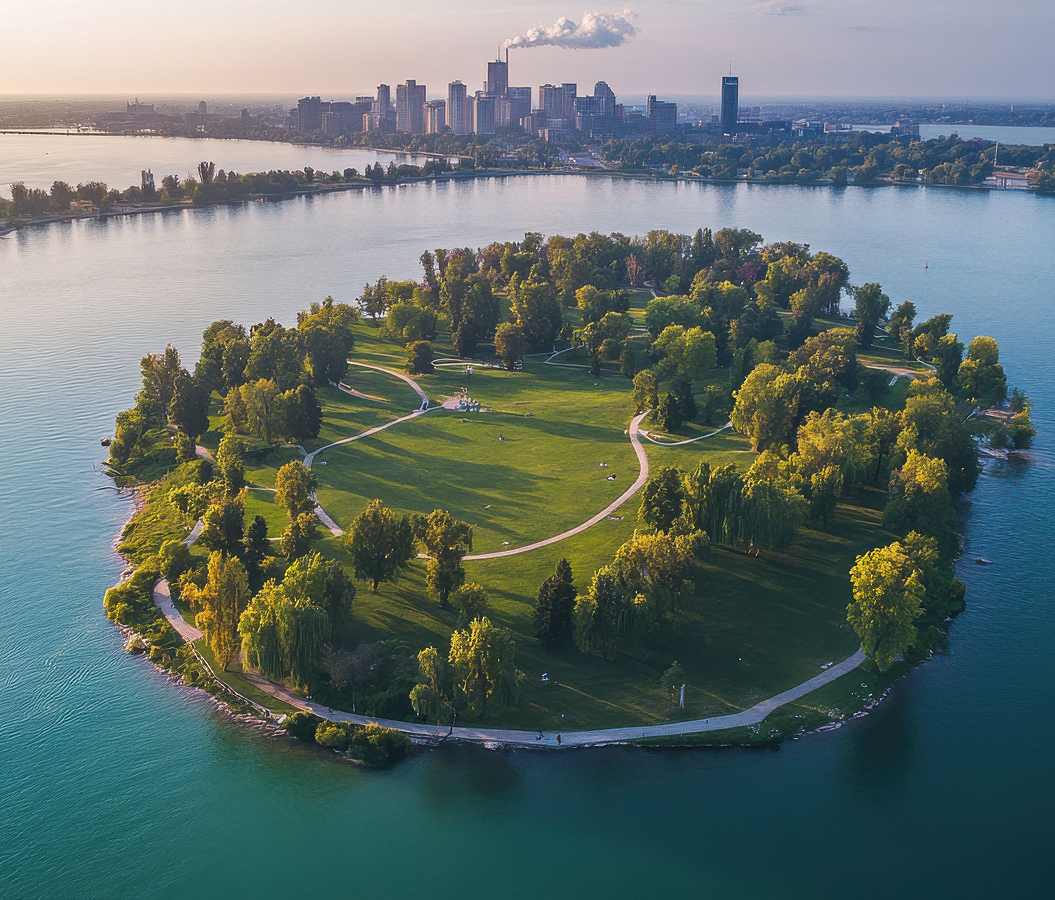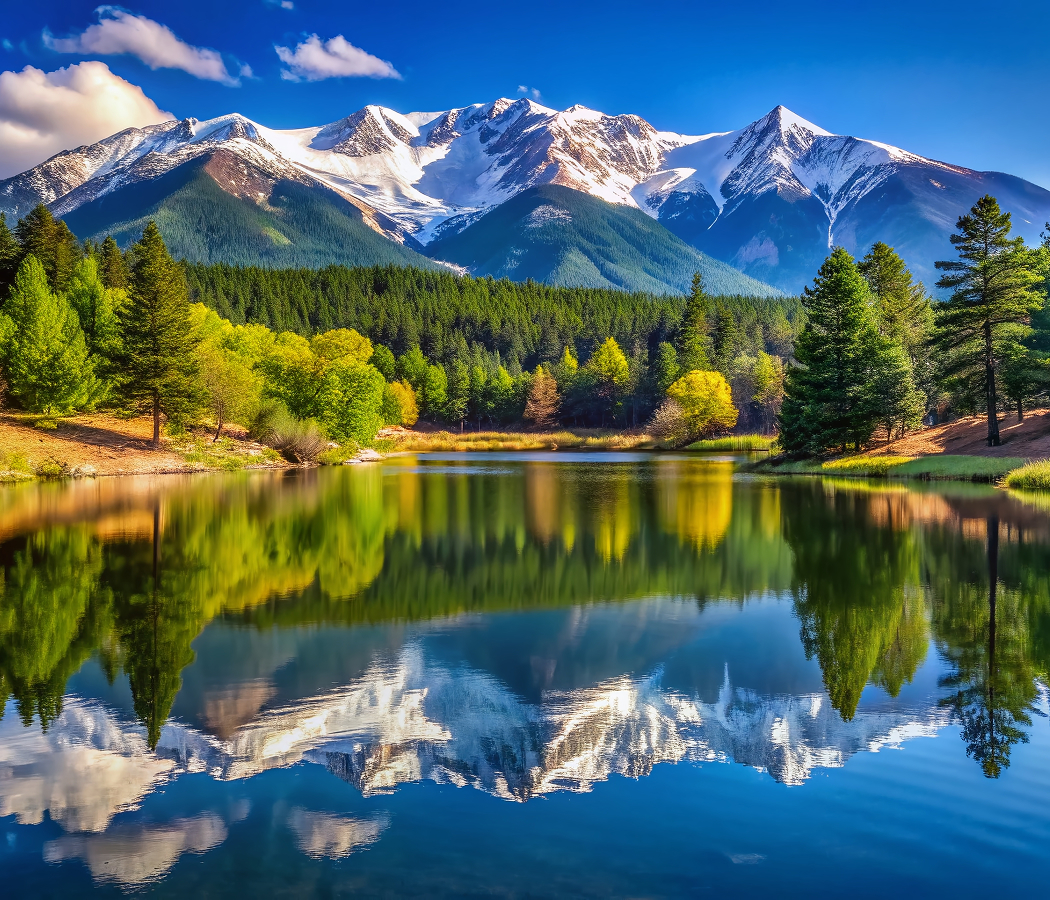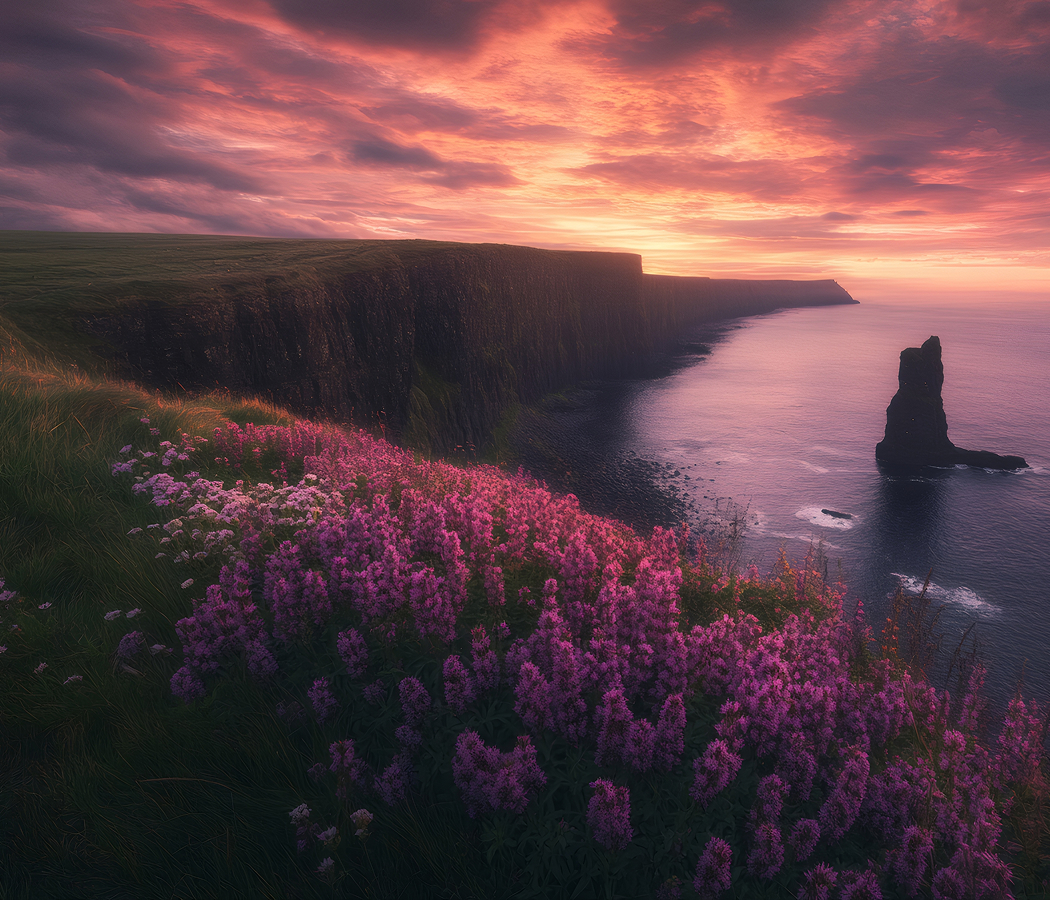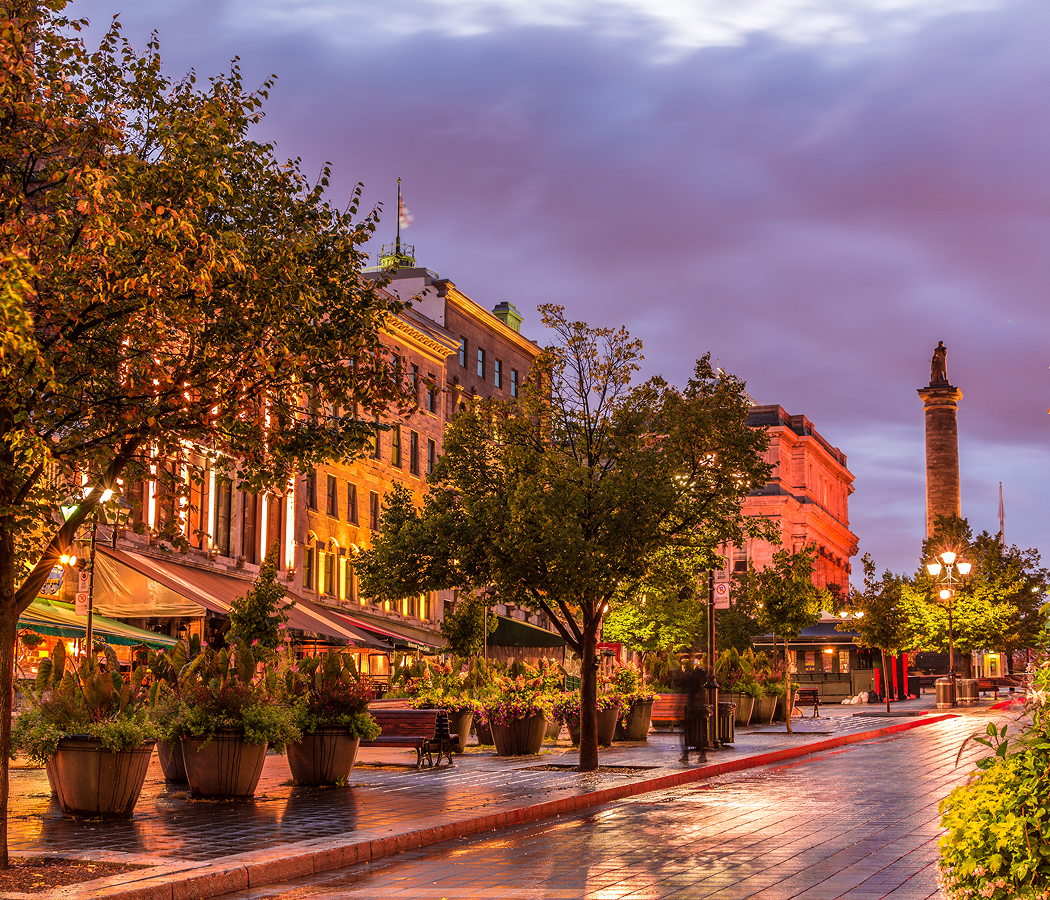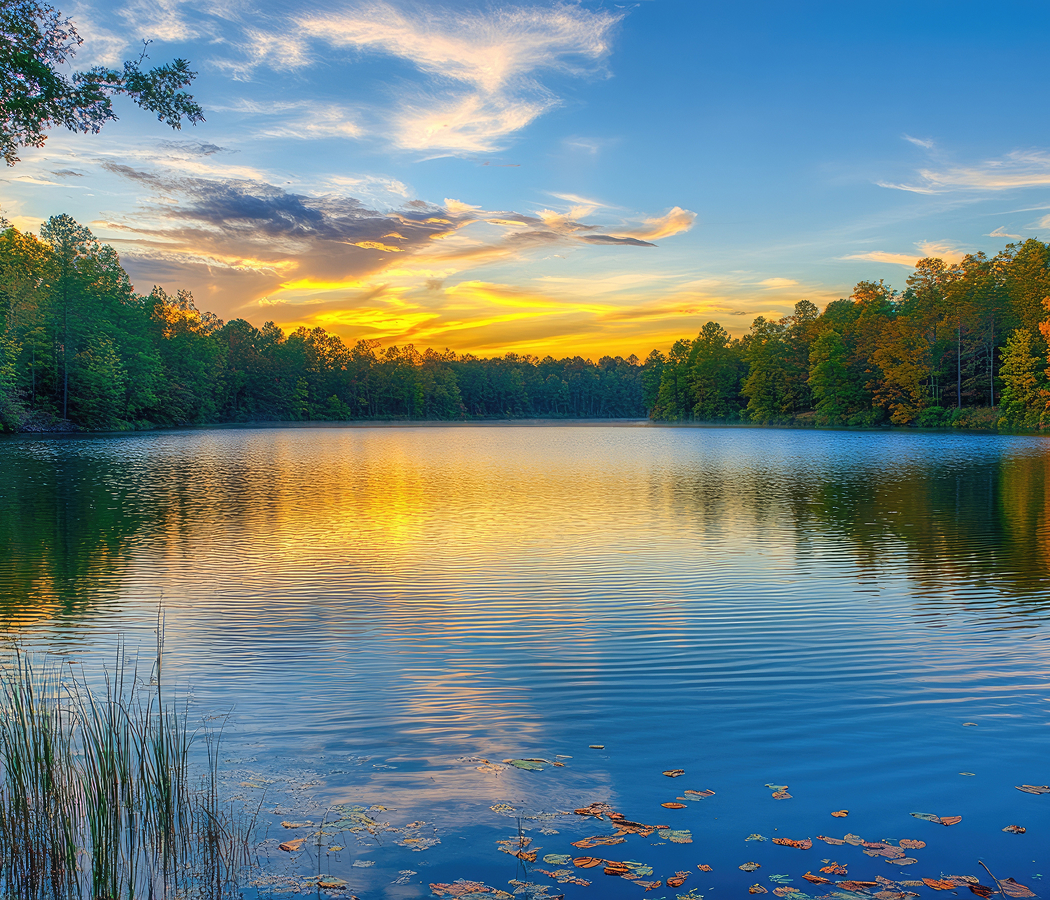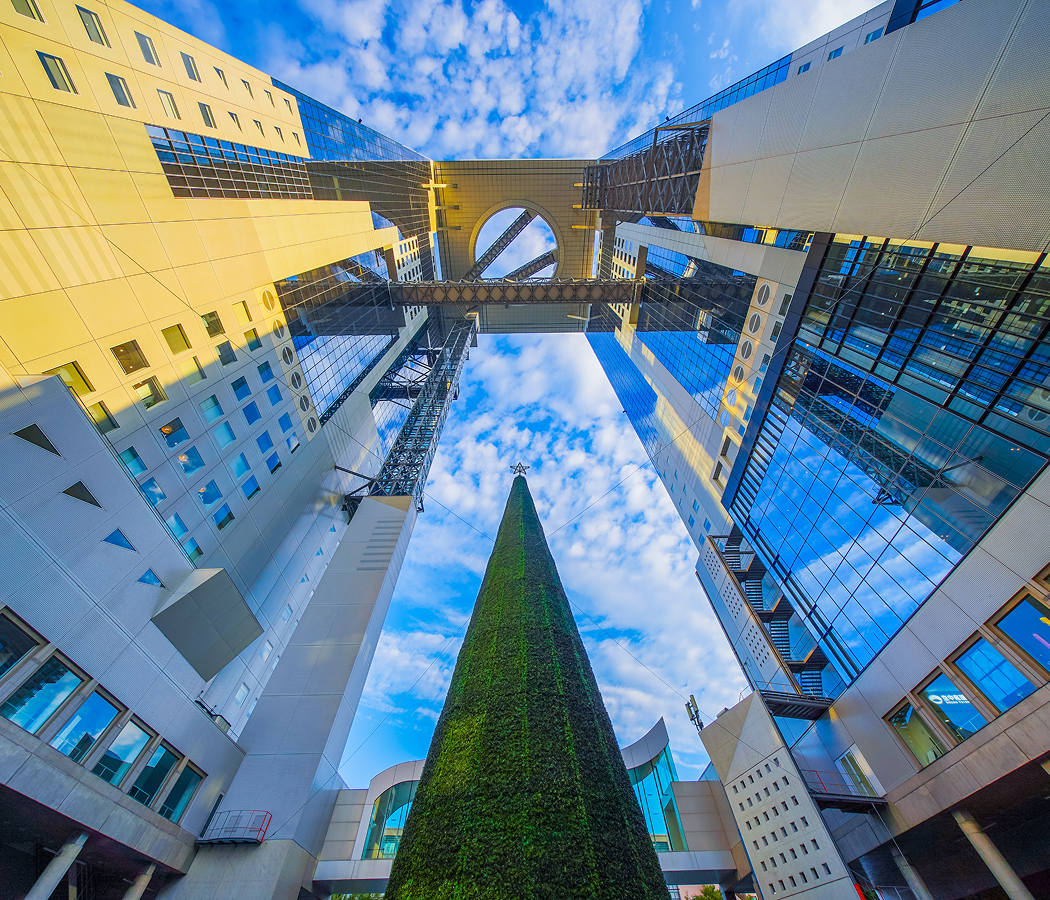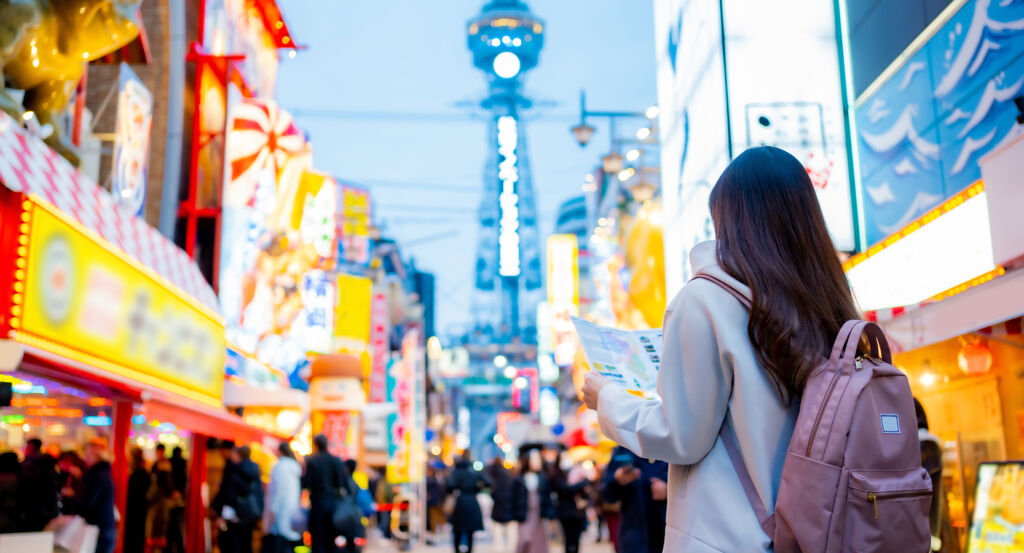
What you didn’t know about Osaka, Japan.
Osaka has been one of Japan’s cultural, economic, and culinary power centers for centuries, a city shaped by commerce, waterways, craftsmanship, and a historical boldness that still defines its character today.
Known as the “Nation’s Kitchen,” Osaka’s food culture began in the Edo period, when merchants transformed the city into a trading hub surrounded by fertile lands and abundant seafood; the result is a cuisine built not on luxury, but on mastery: layered broths, perfectly grilled meats, impossibly delicate batter, and sauces tuned like instruments. Beneath the neon glow of Dotonbori is a history of floating theaters, kabuki houses, and merchant guilds that shaped Osaka’s distinct identity, more expressive, more humorous, more straightforward than its more conservative neighbors. The waterways that weave through the city aren’t decorative; they formed the original arteries of Osaka’s commercial empire, connecting rice markets, warehouses, and trade routes that spread across Japan. Osaka Castle, towering and serene, stands as the architectural memory of powerful clans and historic conflict, its stone walls built with engineering precision that still leaves historians studying the techniques. Even the modern skyline carries layers of innovation, Umeda’s labyrinth of underground malls, the elevated expressways threading between buildings, the world-class transit that moves millions with uncanny ease. And beneath it all lies Osaka’s defining trait: omotenashi with personality, hospitality that’s genuine, warm, and just a little cheeky, the kind that makes strangers feel like regulars. Most travelers come for food or shopping, but what they remember is this: Osaka has soul.
Five fascinations about Osaka.
5. It was once Japan’s capital, and its kitchen.
Long before Tokyo, Osaka served as the nation’s economic and cultural hub. Dubbed “Tenka no Daidokoro”, the nation’s kitchen, it became the central point for rice trade, helping shape Japan’s entire food identity.
4. The local dialect is basically its own language.
Osaka-ben, the regional dialect, is full of humor, rhythm, and swagger. It’s not just how people speak, it’s how they express identity. Even comedians from other regions often imitate Osaka-ben when they want to get a laugh.
3. It’s home to the first Universal Studios outside the U.S.
Universal Studios Japan opened in Osaka in 2001, long before Hollywood came to Singapore or Beijing. It’s a testament to the city’s love of entertainment, spectacle, and global flavor with a local twist.
2. The underground shopping malls are massive.
Osaka is home to some of the largest underground shopping arcades in the world. Places like Umeda and Namba connect entire neighborhoods beneath the surface, with food courts, fashion, and even art galleries tucked under the city’s feet.
1. The people of Osaka are known for being more real, and they’re proud of it.
Compared to the polite restraint often associated with Tokyo, Osakans are famously direct, warm, and expressive. They’ll talk to you in line, laugh loudly at lunch, and welcome you like a local even if you’re clearly not. It’s not just a stereotype, it’s a vibe.
Where meaningful travel begins.
Start your journey with Foresyte, where the planning is part of the magic.
Discover the experiences that matter most.







